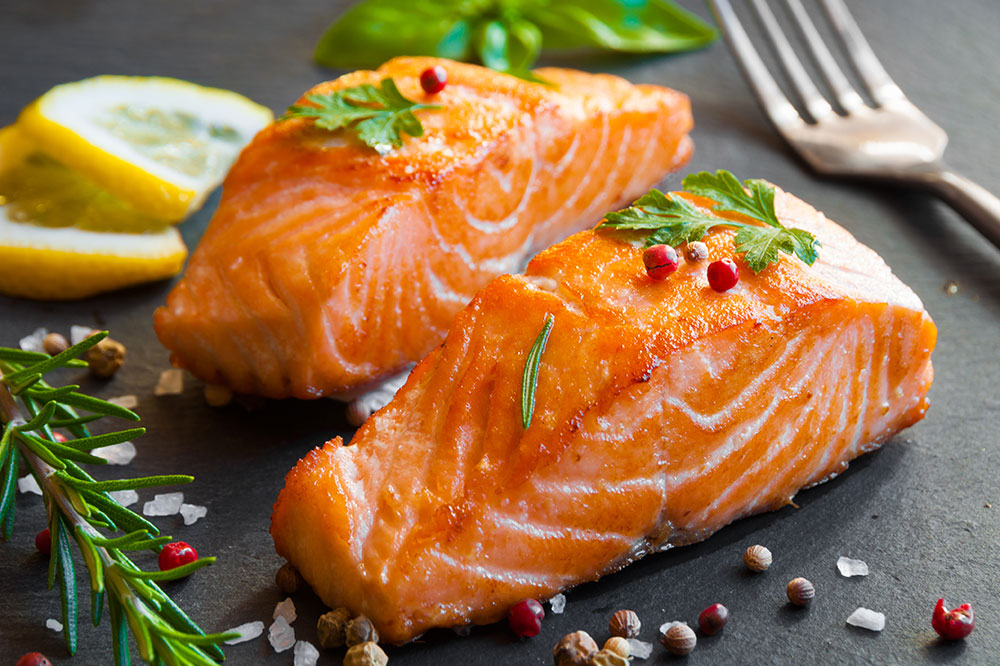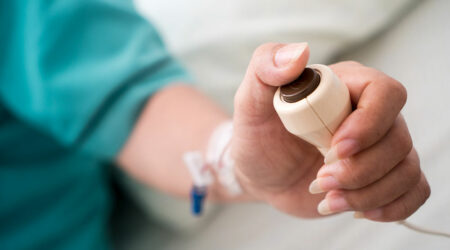
Plaque psoriasis – Causes, symptoms, home remedies and more
Plaque psoriasis is one of the most common forms of psoriasis, a condition affecting over 8 million people. Plaques are itchy raised red patches covered with white dead-skin cells. These generally appear on elbows, knees, scalp, and lower back but may also occur in other body parts. Plaque Psoriasis is considered an auto-immune disease, and doctors have no other consensus behind its cause. With timely diagnosis and treatment, one can manage the condition effectively.
Causes
This skin disorder generally occurs due to these causes:
Heredity/Genes
On average, one in three people with plaque psoriasis report having a relative with psoriasis. If both the parents have psoriasis, their offspring has an approximately 50% chance of developing the health condition, establishing a clear link for the hereditary transmission of plaque psoriasis.
Triggers
Infections, allergies, or injuries to the skin can also trigger plaque psoriasis. These conditions affect the immune system and result in scab formation in the affected regions.
Symptoms
The most common symptoms of plaque psoriasis include:
- Rashes or patches of red, inflamed skin
- Dry, itchy, painful skin that may crack or bleed
- Discoloration or pitting in the fingernails and/or toenails
- Scaly plaques on the scalp
- More irritated skin may also bleed
Foods to avoid with psoriasis
While each body reacts differently to food, it is best to avoid certain food items commonly known to cause inflammation in the body. These include high-calorie foods, dairy products, foods with refined carbohydrates or saturated fats, foods high in sugar, and foods with a high amount of gluten. It is important to work with a registered doctor or nutritionist to monitor the symptoms and inflammation levels to find a healthy meal plan that works for you.
Foods to have with psoriasis
Just like some foods are known to cause inflammation, some also help fight it. Incorporating lean protein such as fish or tempeh, fruits and vegetables, legumes, nuts and seeds, whole grains, and olive oil can help fight inflammation daily. Although vitamins and mineral supplements are also advisable for combating flare-ups, it is best to consult a nutritionist before making these food changes into your daily routine.
Natural remedies
Every case of plaque psoriasis is unique, which is why there is no unique, foolproof solution to treat the skin disease. Here are some home remedies that have been known to show positive results:
- Salt baths
A warm salt bath with Epsom salt or olive oil can soothe the skin and help with itching and irritation. - Aloe vera
Creams with aloe vera extracts may help fight inflammation and itchiness to reduce redness and scaling. - Omega-3 fatty acids
Since omega-3 fatty acids are known to reduce inflammation in the body, consuming foods containing them can help control plaque psoriasis. - Turmeric
Applying a topical turmeric gel or paste can help fight inflammation in people with psoriasis.
Treatment options
There are several treatments available for psoriasis. It is advisable to speak to your doctor to formulate the best treatment plan, which may include just one or a combination of these:
- Lighter infections can be managed with topical ointments or prescription creams that are directly applied to the affected area.
- For more widespread rashes, doctors may suggest a treatment using ultraviolet light. It may also be beneficial to get some exposure to the sun to help with the infection.
- In case of severe rashes, doctors may suggest systemic treatment plans that calm your immune system or make the skin cells grow back slowly. However, this may be accompanied by side effects such as depression, liver problems, or even a higher risk of skin problems.
- Doctors may also suggest a biological treatment plan that affects certain types of immune cells or keeps specific proteins from causing inflammation. These treatments, however, may make it tougher to fight infections in the future.




